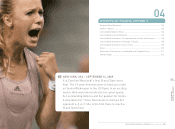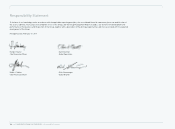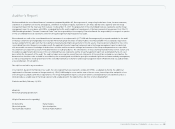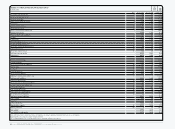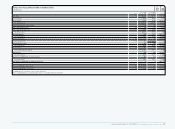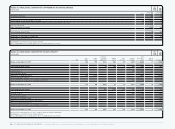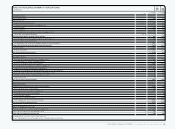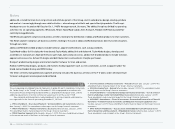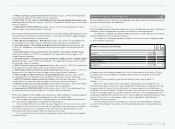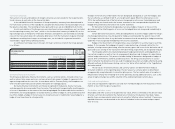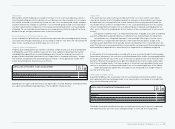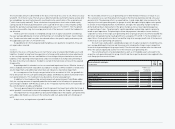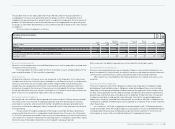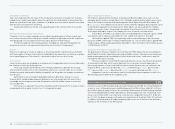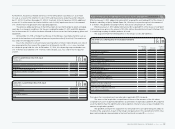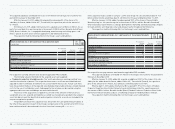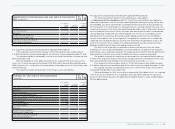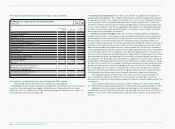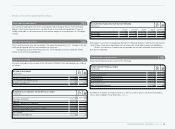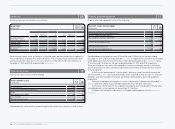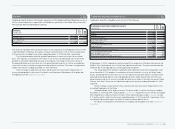Reebok 2009 Annual Report Download - page 177
Download and view the complete annual report
Please find page 177 of the 2009 Reebok annual report below. You can navigate through the pages in the report by either clicking on the pages listed below, or by using the keyword search tool below to find specific information within the annual report.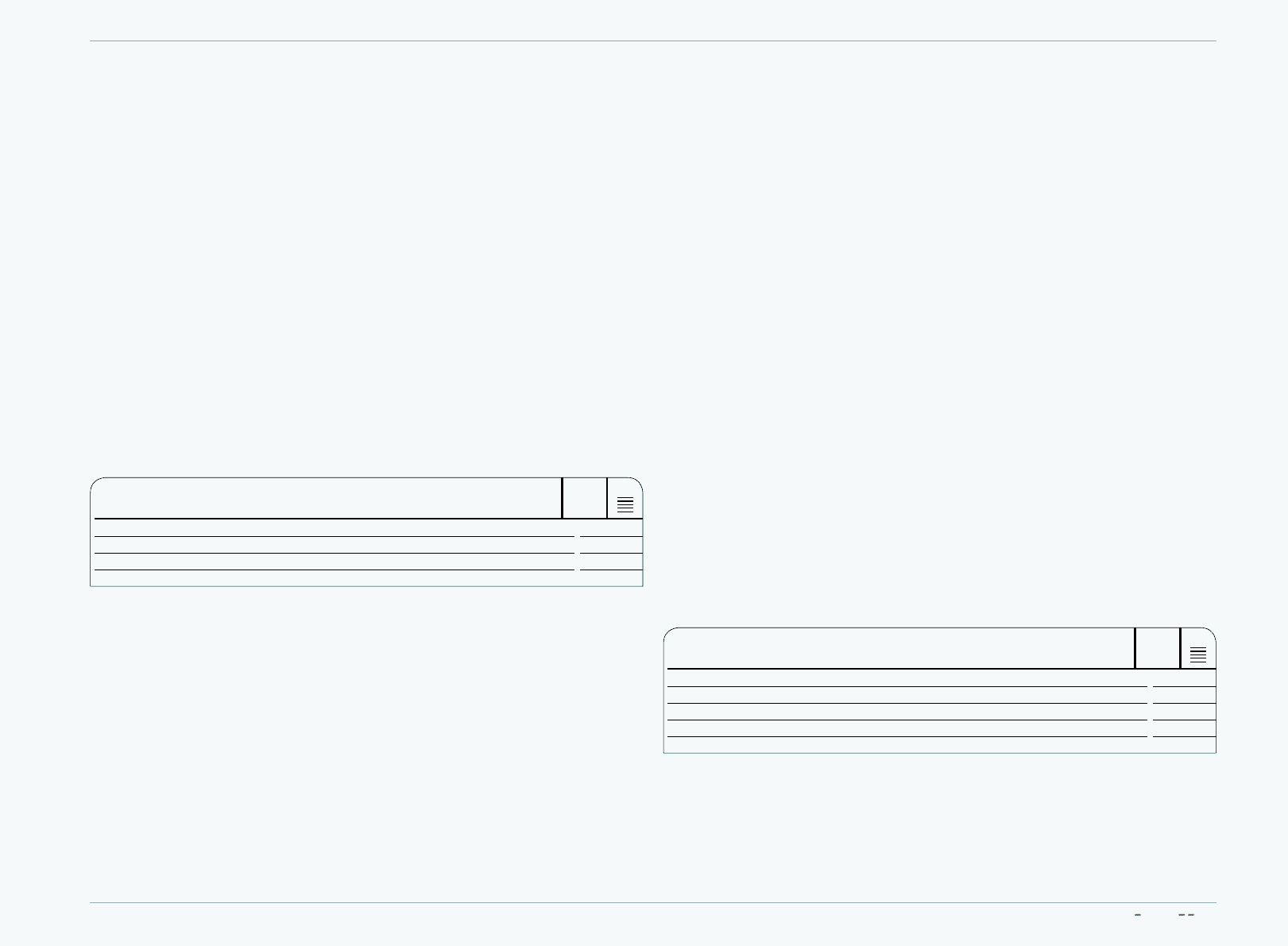
CONSOLIDATED FINANCIAL STATEMENTS Notes 173
Inventories Inventories
Merchandise and finished goods are valued at the lower of cost or net realisable value, which is
the estimated selling price in the ordinary course of business less the estimated costs of comple-
tion and the estimated costs necessary to make the sale. Costs are determined using a standard
valuation method: the “average cost method”. Costs of finished goods include cost of raw materi-
als, direct labour and the components of the manufacturing overheads which can reasonably be
attributed. The net realisable value allowances are computed consistently throughout the Group
based on the age and expected future sales of the items on hand.
Assets/liabilities classified as held-for-sale Assets/liabilities classified as held-for-sale
Assets and liabilities (primarily non-current) that are expected to be recovered principally through
sale rather than through continuing use are classified as held-for-sale. These are measured at the
lower of their carrying amount and fair value less cost to sell.
Property, plant and equipment Property, plant and equipment
Property, plant and equipment are stated at cost (which comprises any costs directly attributable
to bringing the asset to the condition necessary for it to be capable of operating in the manner
intended by Management) less accumulated depreciation (except for land and construction in
progress) and accumulated impairment losses. Depreciation is computed utilising the “straight-
line method”, except where the “declining-balance method” is more appropriate in light of the
actual utilisation pattern. Useful lives are as follows:
N
°-
02
USEFUL LIVES OF PROPERTY, PLANT AND EQUIPMENT
Years
Buildings/Leasehold improvements 5 – 50
Technical equipment and machinery as well as other equipment and furniture and fittings
2 – 10
Expenditures for repairs and maintenance are expensed as incurred. Renewals and improvements
are capitalised and depreciated separately, if the recognition criteria are met.
Impairment Impairment
In the event that facts and circumstances indicate that the cost of non-current assets (finan-
cial and non-financial assets) should be impaired, an evaluation of recoverability is performed.
An impairment loss is recognised in the income statement if the carrying amount exceeds the
recoverable amount. If there is an impairment loss for a cash-generating unit, first the carrying
amount of any goodwill allocated to the cash-generating unit is reduced, and subsequently the
other assets of the unit are reduced pro rata on the basis of the carrying amount of each asset in
the unit.
Irrespective of whether there is an impairment indication, intangible assets with an indefinite
useful life and goodwill acquired in business combinations are tested annually for impairment.
An impairment loss recognised in goodwill is not reversible. With respect to other assets,
an impairment loss recognised in prior periods is reversed if there has been a change in the
estimates used to determine the recoverable amount. An impairment loss is reversed only to the
extent that the asset’s carrying amount does not exceed the carrying amount that would have been
determined (net of depreciation or amortisation) if no impairment loss had been recognised.
LeasesLeases
If substantially all risks and rewards associated with an asset are transferred to the Group under
finance lease agreements, the asset less accumulated depreciation and the corresponding liability
are recognised at the fair value of the asset or the lower net present value of the minimum lease
payments. Minimum lease payments are apportioned between the finance charge and the reduc-
tion of the outstanding liability. The finance expense is allocated to each period during the lease
term so as to produce a constant periodic interest rate on the remaining balance of the liability.
Under operating lease agreements, rent expenses are recognised on a straight-line basis
over the term of the lease.
Identifiable intangible assets Identifiable intangible assets
Acquired intangible assets are valued at cost less accumulated amortisation (except for assets
with indefinite useful lives) and impairment losses. Amortisation is calculated on a straight-line
basis with the following useful lives:
N
°-
02
USEFUL LIVES OF IDENTIFIABLE INTANGIBLE ASSETS
Years
Trademarks indefinite
Software 3 – 5
Patents, trademarks and concessions 5 – 15
The adidas Group determined that there was no impairment necessary for any of its trademarks
with indefinite useful lives in the years ending December 31, 2009 and 2008, respectively.


